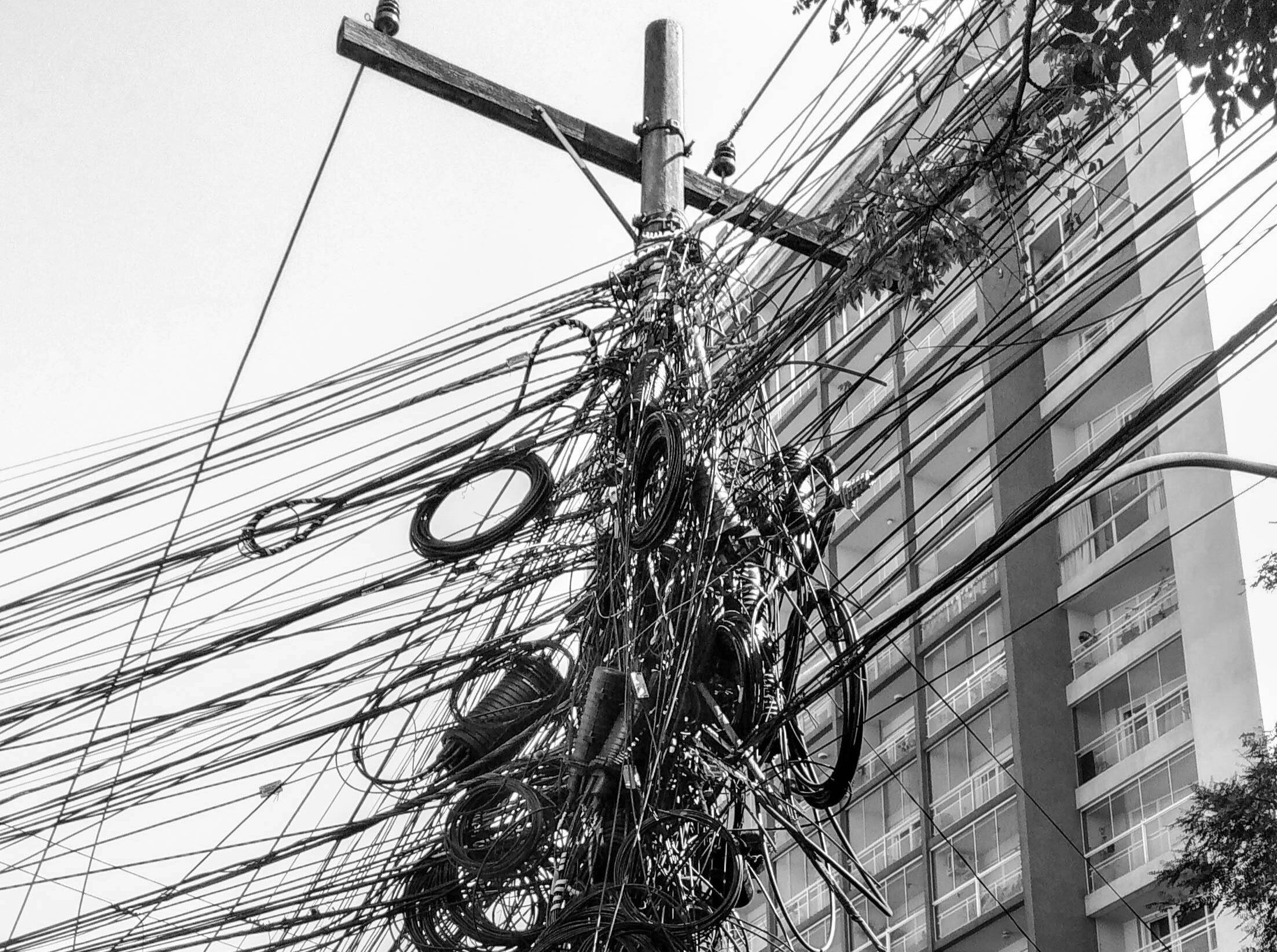Years ago, I spent five days at the University of California, Berkeley, immersed in scenario analysis. I had been a strategist for a long time, and while I saw the value in strategic planning, I also knew its limits. Traditional strategic planning often assumes we can predict the future, then align our resources and goals accordingly. But the world doesn't work that way. Still, humans need planning. We thrive when we’ve prepared, when there’s a structure in place that helps us navigate change.
What I wanted—and what I found in scenario analysis—was a framework that lets us plan without pretending to forecast. It’s about exploring plausible futures, not predicting them. Scenario planning creates the space to imagine multiple possibilities and prepare for a range of outcomes, rather than overly investing in just one path forward. It’s rooted in agility.
I’d long been fascinated by the work Royal Dutch Shell did in the 1970s, which helped popularize scenario thinking. They challenged the assumption that one future could be known and planned for. Instead, they built a model that let them map “what ifs” and assign resources to possibilities, not predictions. They didn’t ask, “What’s most likely?” They asked, “What might happen, and how could we be ready?”
Another strength of this kind of thinking is that it forces us to zoom out—beyond our immediate industry, geography, or internal concerns. It encourages us to pay attention to global shifts, societal changes, and disruptions that don’t yet appear on our doorstep.
But here’s the thing: as powerful as scenario analysis is, it’s rarely used to its full potential. It becomes an exercise—an offsite, a slide deck, a thought experiment. And then… business continues as usual.
Take COVID. For years, a global pandemic had been modeled as a likely disruption scenario. We knew it was coming. And yet, when it arrived, most systems were caught flat-footed. We saw scattered responses, inconsistent protocols, politicization of public health, and an overwhelming sense that no one was truly prepared.
Workplaces scrambled to support remote work. Many still haven’t fully recovered or reimagined what work could be. Hybrid became the default, but often without clarity or intention. Now, years later, we see real consequences: workplaces that feel hollow, teams disconnected, inequities in who has to show up in person and who doesn’t. Culture has become hard to sustain. And the most requested topics in workplace training? Accountability and transparency—because we’ve lost sight of them in the haze of disconnection.
So the question is: why, even when we know disruption is possible—probable—do we so rarely respond in bold, transformative ways?
At Berkeley, the answer I heard was: the problem of the embedded infrastructure.
That phrase has stuck with me. It explains so much. We don’t change because we’re not built to. Even in moments of massive disruption, we reach for what feels familiar. We attempt to stabilize, rather than rethink. The systems—policies, workflows, leadership structures, cultures—are still tied to what once was. We rebuild on the same foundation, even if that foundation no longer serves us.
Right now is a moment of disruption. Not as dramatic as the first wave of the pandemic, but a quieter, ongoing shake-up. Expectations are changing. Employees are demanding more alignment, more trust, more clarity. Institutions—libraries included—are being asked to prove relevance, demonstrate value, and rethink how they engage. This is a chance to do more than adapt. It’s a chance to reimagine.
So how do we move forward in a way that isn’t just reactive, but intentional?
Start here:
1. Take advantage of the current disruption.
Don’t rush to stabilize. Pause. Listen. What is this moment revealing about how your institution works—or doesn’t? What old assumptions need to be challenged? What opportunities exist that wouldn’t have been possible before?
2. Use tools to explore multiple paths.
Scenario thinking isn’t just for global corporations. Anyone leading in uncertain times can benefit. Start small. Ask: What if this trend continues? What if it doesn’t? What’s a surprising shift we aren’t ready for? What does resilience look like across these futures?
3. Shift your mindset.
Strategic agility is not the same as flexibility. Agility means being anchored by purpose, but adaptable in method. It requires letting go of control in favor of preparedness. You don’t need to know exactly what’s coming—you need to build systems and cultures that can respond to whatever does.
It also means asking hard questions about your embedded infrastructure. What’s baked in that’s holding you back? What structures reinforce “the way we’ve always done it”? Where can you untether, simplify, reimagine?
Disruption is hard. But it’s also full of possibility. If we want to build institutions that truly live their values—equity, relevance, transparency, care—then we need to align our infrastructure to those values, not just our language.
We may not be able to forecast the future, but we can get ready for it.

